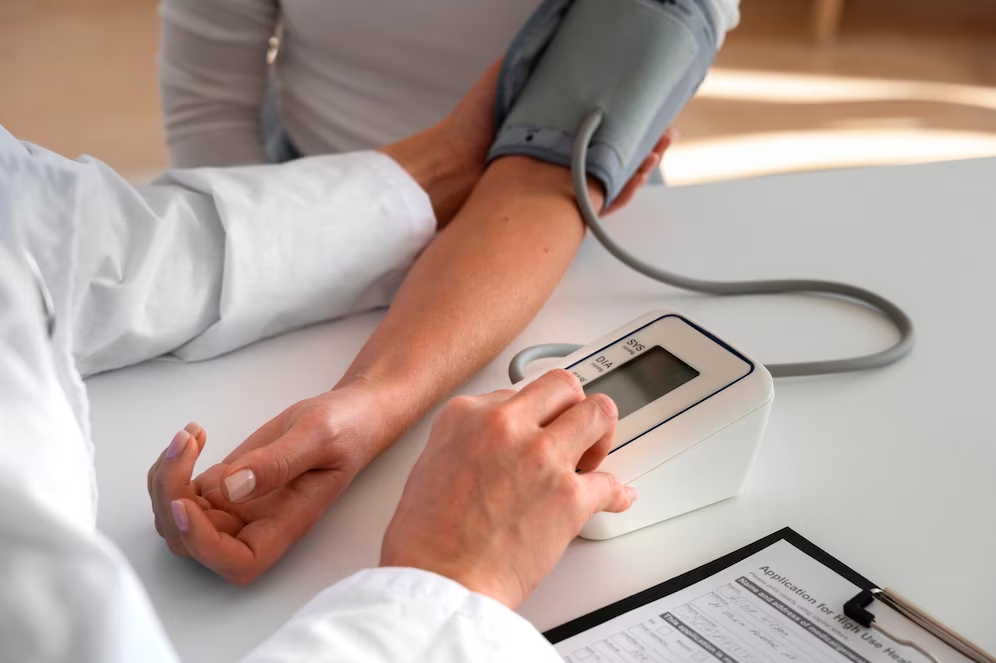
High Cholesterol: The problem of high cholesterol acts as a silent killer, which gradually damages the body without even realizing it. By the way, this disease gives some signals to our body, which if ignored, then the situation can go out of our hands. However, in the last few years, awareness among people about cholesterol has increased and precautions are also being taken. It is not that cholesterol is completely harmful to the body. If it is in the right quantity, it plays an important role in the functioning of the body. Let us know some important things related to this.
What will happen if cholesterol increases?
When the amount of cholesterol in the body exceeds 200 mg/dL, it is counted in the category of high cholesterol and doctors recommend several changes from diet to lifestyle to control it. If the amount of cholesterol in the blood remains for a long time, it can increase the risk of heart disease and heart stroke.

Why is high cholesterol called the "silent killer"?
High cholesterol is called the silent killer because it has a very dangerous effect on a person's health, which is identified very late. Its initial symptoms are very small and mild, which are often ignored by people, and from here it starts growing. In the end, it is identified when its opposite results start appearing in the body or any damage starts happening.
How to recognize the symptoms of cholesterol visible in the body?
During high cholesterol, some important symptoms start appearing in the feet, which is called claudication. During this, pain, cramps, and fatigue are felt in the muscles of the legs. This usually happens after walking some distance and gets better with rest. The pain of claudication is mostly felt in the calves, thighs, hips, and feet. At the same time, this pain becomes severe with time. Apart from this, coldness of feet is also one of its symptoms.
Feeling cold during summer when the temperature is very high is a sign that the person is suffering from peripheral artery disease. It may also happen that this condition does not bother you in the beginning, but if this condition persists for a long time, do not delay the treatment and get it checked by a doctor in time.
One of the other symptoms of high cholesterol is a change in the color and texture of the skin on the feet. During this, plaques start accumulating in the blood vessels, due to which blood circulation is affected. In such a situation, when there is a small amount of blood flow in some parts of the body, then apart from the color and texture of the skin, the function of that part of the body is also affected.
So, if you notice any unexplained change in the color and texture of the skin on your feet, high cholesterol could be the reason.
PC Social media










